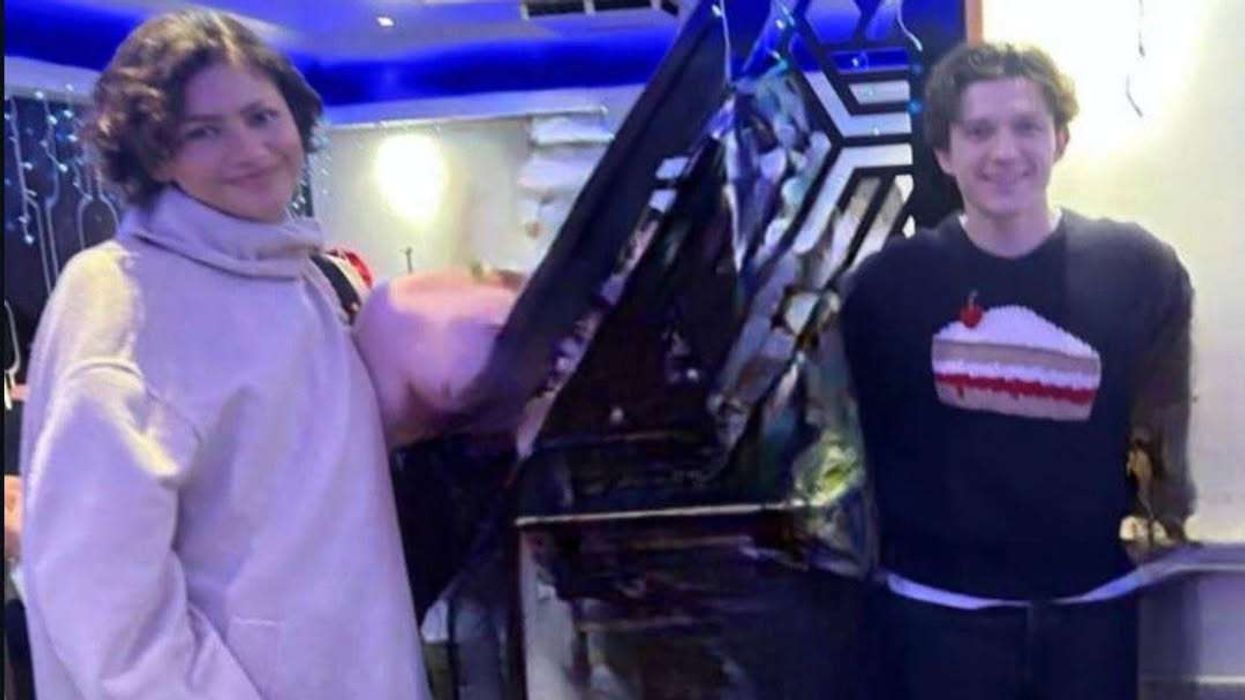Hindustani vocalist Mahesh Kale has made it his mission to take classical and devotional music to a global audience.
The Indian National Award-winning talent grew up surrounded by music, with parents deeply immersed in diverse classical genres. His upbringing was shaped by his mother’s singing and teaching of Indian classical music, along with devotional songs by great masters regularly playing in the household. It led to a flourishing career, blending acclaimed releases with world-class live performances.
Despite earning a double master’s degree in engineering and securing a lucrative role in the heart of Silicon Valley, he made the bold decision to leave that career behind to follow his passion – spreading Indian classical music across the world.
The San Francisco-based singer began an extensive European tour last month, with performances scheduled in Berlin, Munich, Zurich, Amsterdam, Stuttgart, Frankfurt and Stockholm. That will be followed by shows across North America in May and India in June and July.
Eastern Eye caught up with the global music ambassador to reflect on his inspiring journey.
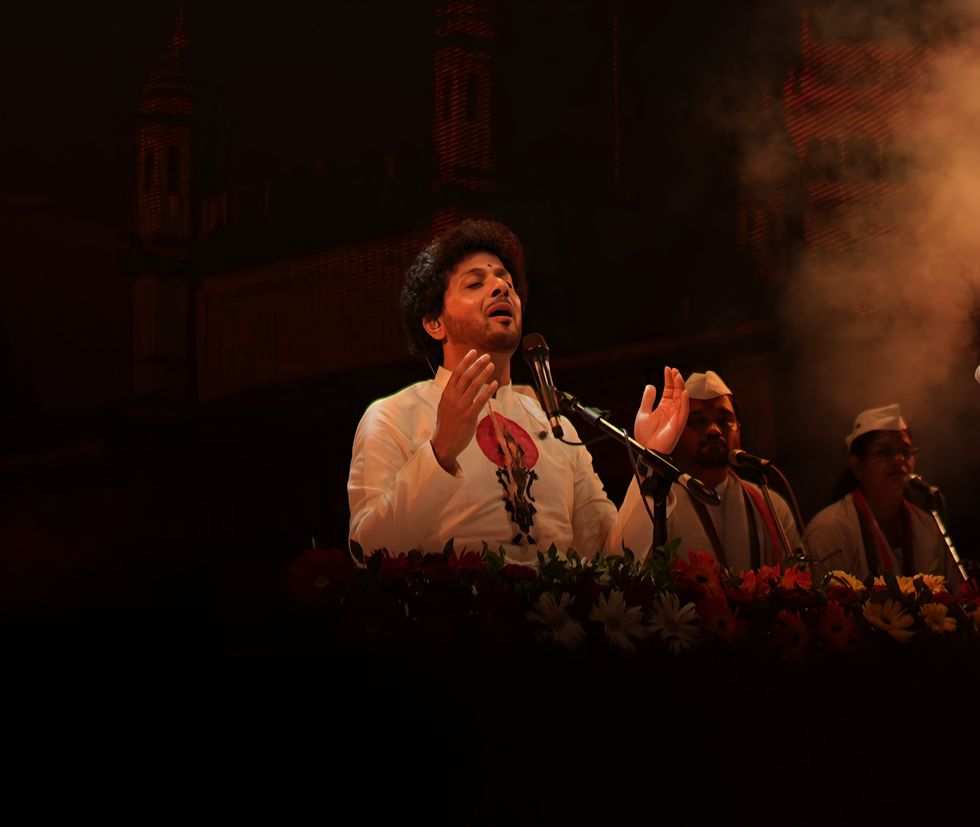
What first connected you to music?
I think the umbilical cord connected me with music because ever since I can remember, I have been listening. My mother, while being a homemaker and passionate music lover, completed her master’s in music, then studied further and taught Indian classical music. So that is where the journey began. How do you reflect on your music journey so far?
Nothing but gratitude. I am the first member of my family to pursue music professionally. So, being able to live my dream and turn my passion into my fulltime career is absolutely something to be grateful for.
What has been the most memorable moment?
It would have to be the early music lessons. When they began with my mother, I felt a deep attachment to music. No matter my mood, music had a way of making things better. Then, being accepted as a disciple of my beloved guru, Pandit Jitendra Abhisheki, completely changed my life. What began as a subject I loved became life itself – an inseparable part of me.
Which of your collaborations has meant the most to you?
Every collaboration reveals something about yourself if you are open and vulnerable to the experience. I have worked with world-class musicians like Zakir Hussain ji, Sivamani ji, Trilok Gurtu ji, George Brooks, Stanley Jordan, Frank Martin and others. I have also collaborated with south Indian musicians including Aruna Sairam, Abhishek Raghuram, Selvaganesh and the Trichur Brothers, along with many contemporaries. These moments are transformative. Master musicians like Zakir ji make you fall in love with your art all over again.
How important is live performance to you?
A live concert is like a cricket match – you start from zero and score whatever you can. You must remain alert and fully engaged, even in your 100th game. In fact, by then, you carry the weight of the audience’s expectations. Still, the care and love from the audience gives you a sense of belonging and confidence.
That, to me, is Indian classical music.
What has been your most memorable concert so far?
It is difficult to pick one. But the ones that stand out include the performance I gave for my Guru ji, Pandit Abhisheki, on Guru Poornima at Sawai Gandharva Mahotsav. Also memorable were my appearances at the San Francisco Jazz Festival and in Gondavale, a small town near Satara that my family has visited since my childhood. These moments stay with me.
How much are you looking forward to the European tour?
I am thrilled to be touring Europe. It is always exciting to share my love for music globally, and this tour gives me that opportunity. I am particularly happy to present Abhangwari there for the very first time. I believe art transcends geography and culture – the language of music unifies us. Although Abhangwari is devotional music from Maharashtra, I have seen it resonate far beyond borders. I look forward to sharing that experience in Europe.
How do you feel when you are on stage?
I feel lit up – the most alive version of myself. It is probably like giving a child his favourite toy, where he forgets everything else and that one thing becomes his whole world. For me, that is the stage. The music becomes everything.
How do you convey so much emotion through your voice?
I believe it comes from being completely open and vulnerable to the moment – to express your heart honestly. Life happens to everyone, and as long as you can channel those experiences – happiness, sorrow, or anything else – into music, those emotions will reach others.
What type of music dominates your personal playlist?
My playlist is incredibly diverse. I travel to seven or eight countries a year and always try to explore the local music, whether by attending live shows or listening to the radio. Naturally, classical and folk music are part of my core, but I listen to a wide range of styles depending on the time of year. It is always evolving.
What is your greatest unfulfilled musical ambition?
I want to reach every living being and help them experience Indian classical music – whether by listening or by singing for them. I believe it is a powerful source of peaceful entertainment and holistic well-being. If we have such a scalable, sustainable tool to share with humanity, we must use it. That is my ultimate goal.
What inspires you creatively?
A change of geography, a new environment, experiencing different cultures, meeting people, nature, walking, reading and engaging in meaningful conversations – all of these inspire me. As they say, you are what you consume, and if your inputs are varied, your creativity will find new ways to express itself.
Why do you love music so much?
Try asking a bee why it loves the flower. I am drawn to music even in solitude. Even when I am not singing, I sense melodies within the silence. In times of turmoil, music is there. It has become a constant companion – almost a necessity woven into the fabric of my being. To me, it is a love that extends beyond a single lifetime.
Instagram- @maheshmkale
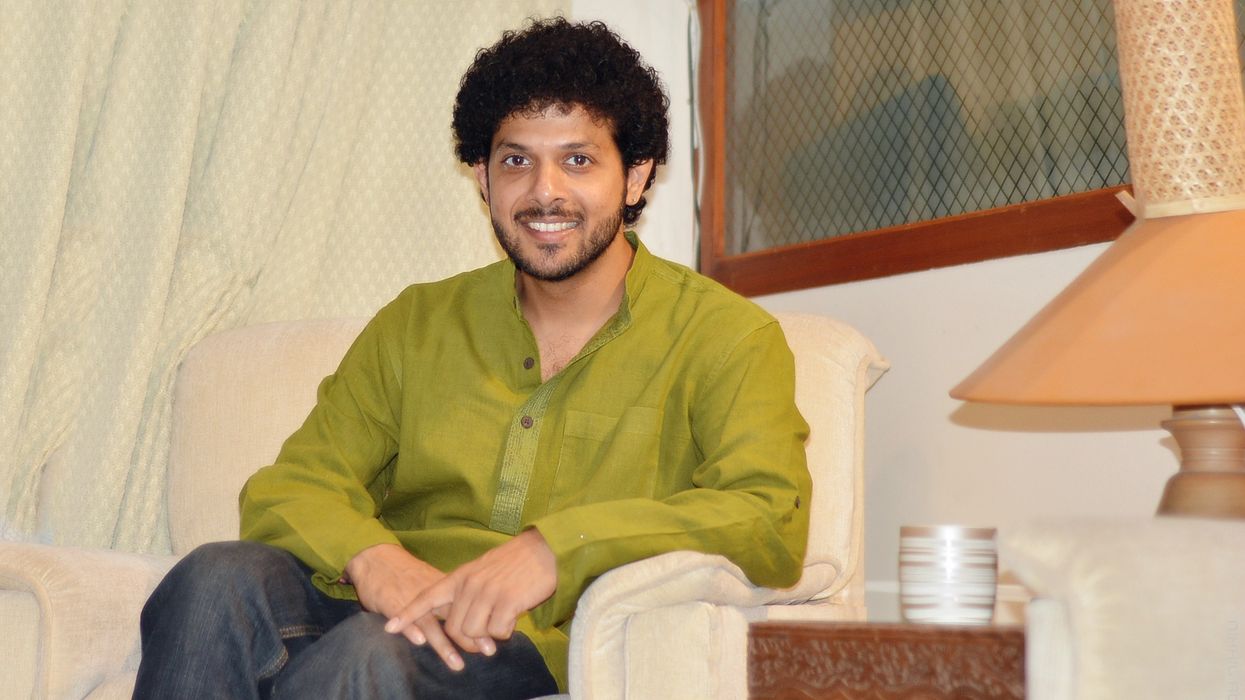

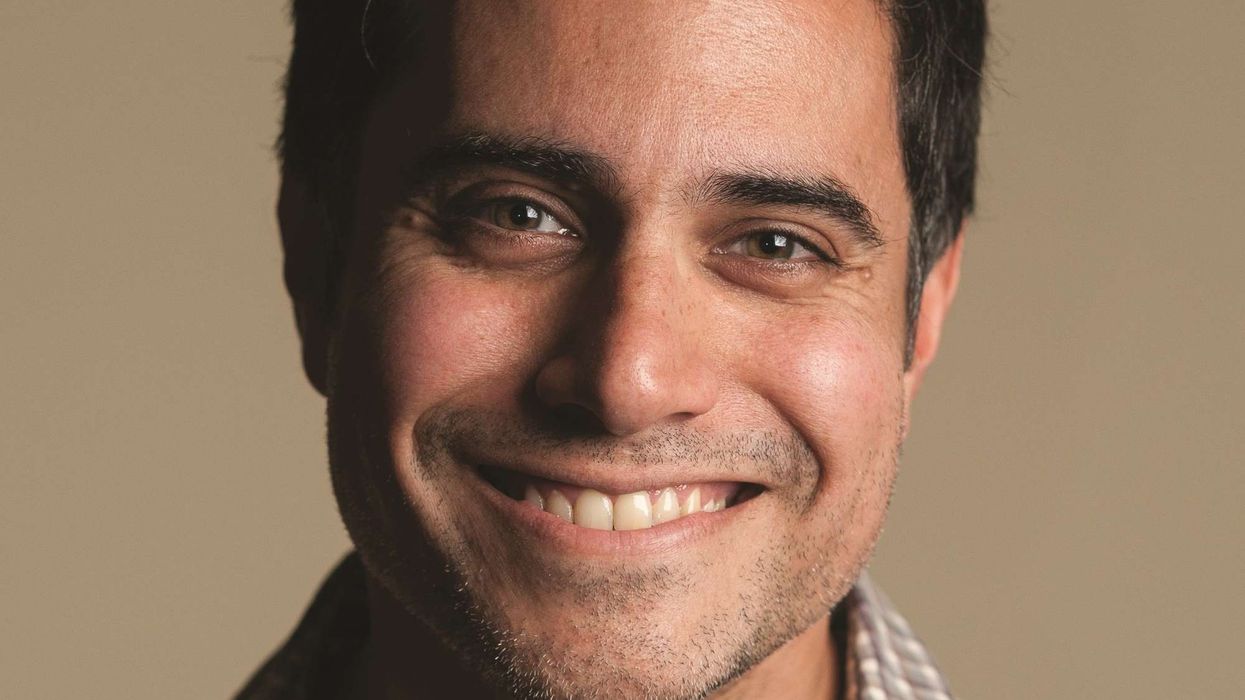
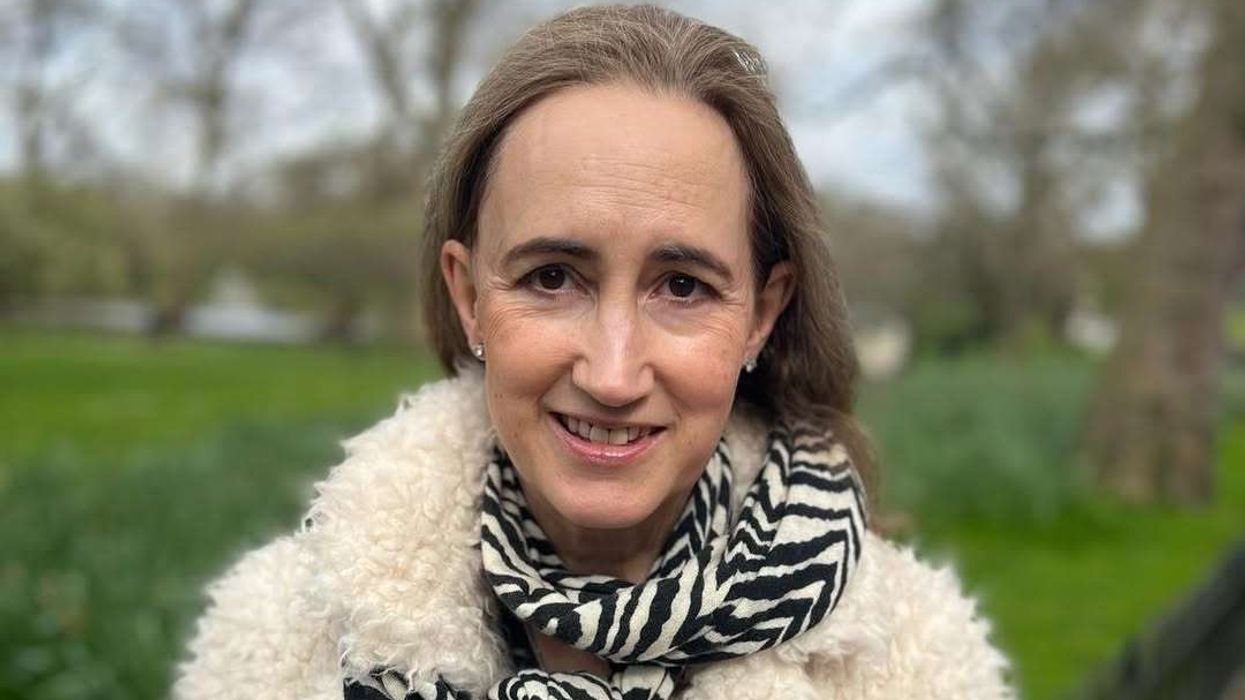
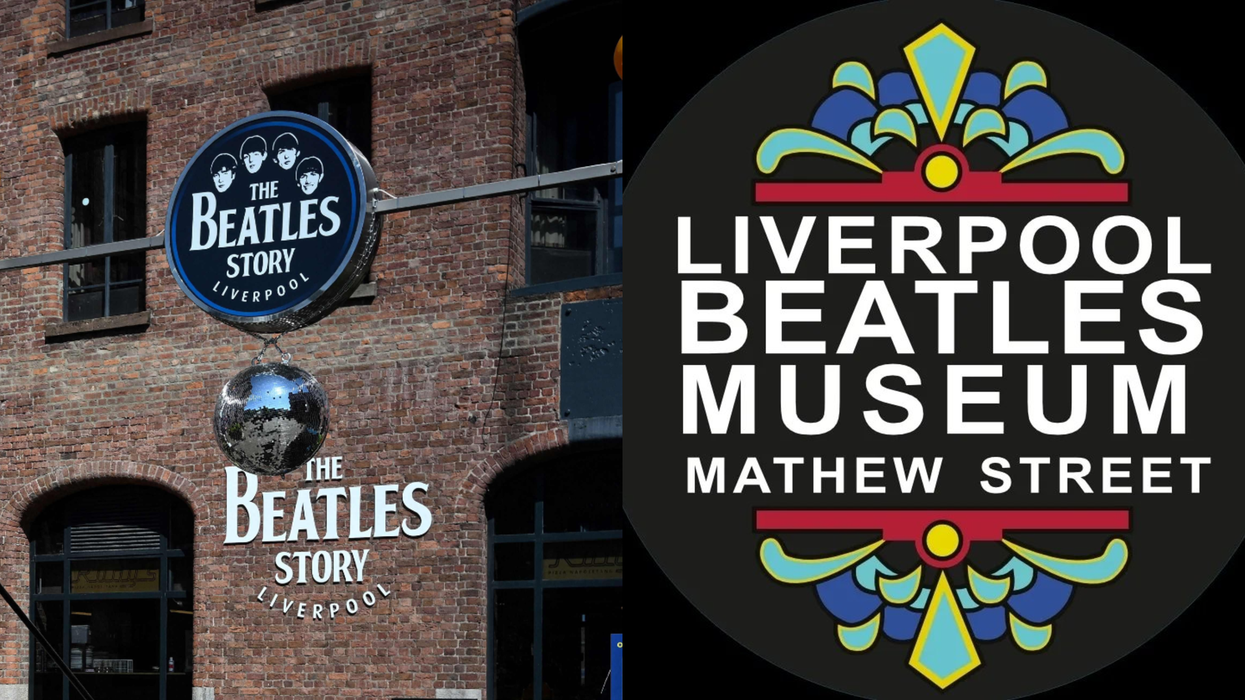
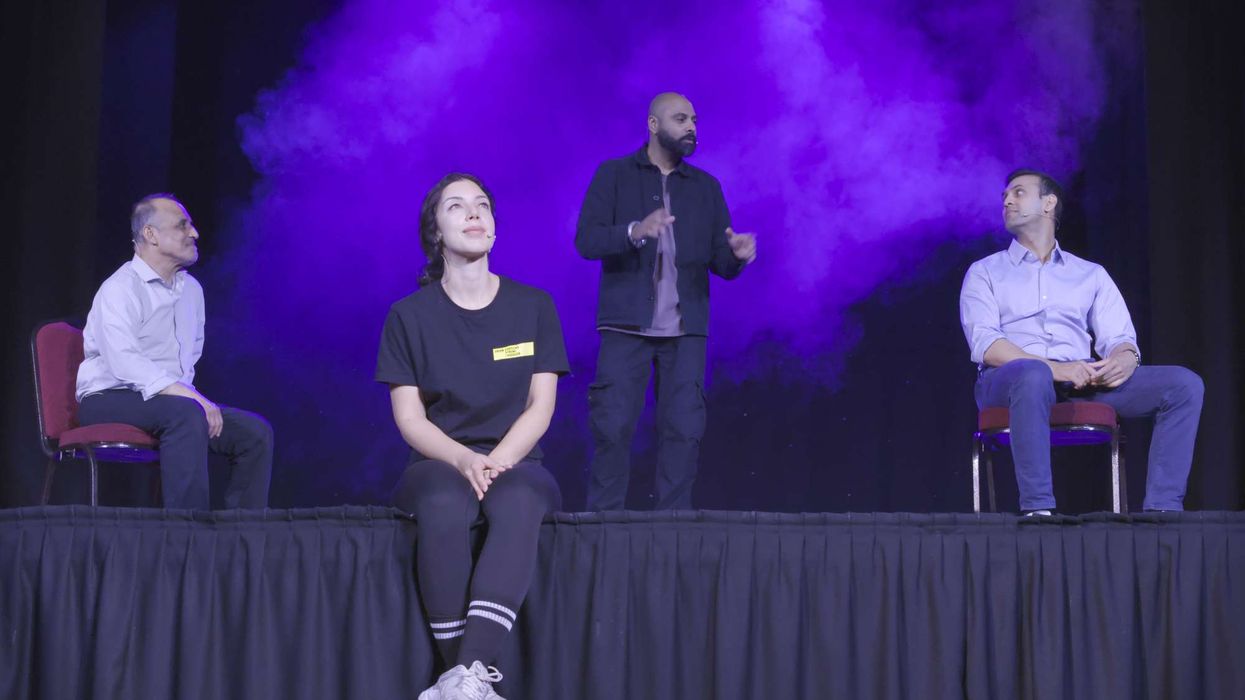
 The play is written by Tarun Jasani and directed by Mukul AhmedMGT
The play is written by Tarun Jasani and directed by Mukul AhmedMGT





